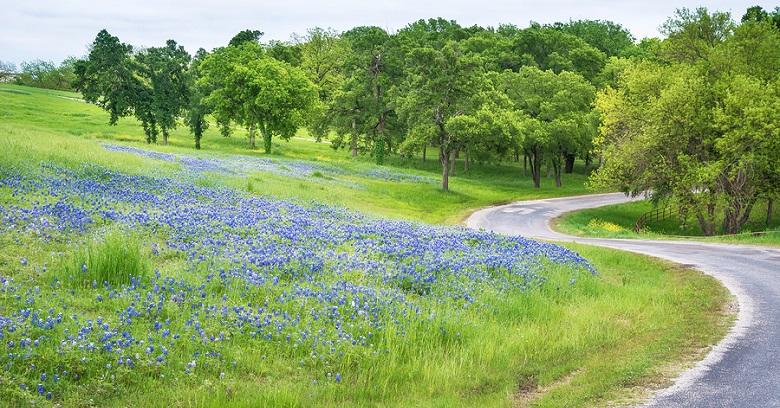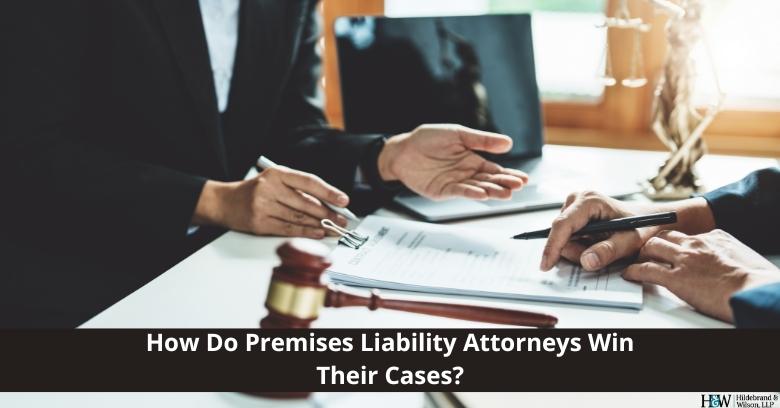
Fast-moving Texas highways are notorious for dangerous auto accidents. Auto accident attorneys commonly find that congested, high-traffic freeways are usually the first thought that comes to mind when speaking of serious or fatal crashes. Would you be surprised to learn that more fatalities actually happen on rural roads?
Because of a number of important factors, auto accident lawyers deal with just as many cases involving accidents on rural roads as they do those on busy highways.
Facts About Rural Roads and Auto Accidents
Every year, tens of thousands of people are killed and many more injured in auto accidents that occur on U.S. roads and highways. Although this number has dropped considerably in the past decade due to improved vehicle safety and better safety laws, there were still more than 35,000 people fatally injured in motor vehicle accidents in 2015 according to the most recent statistics published by the IIHS.1
Surprisingly, fatalities due to crashes that occurred on rural roads outnumber those that occurred on highways by nearly 2,000.1 This is no one-time fluke. Yearly, rural fatality numbers have been consistently higher over the past 50 years, sometimes by as much as 10,000 incidents or more.
Why Are Rural Roads So Dangerous?
Auto accident attorneys point out there are actually quite a few reasons why rural roads, including rural interstates, can be more dangerous in comparison to bigger and more crowded urban highways:
- Road Condition and Maintenance - Because they are main roads, bigger and urban highways tend to have priority when it comes to maintenance and repairs over rural and lesser-used roads. As a result, rural roads and highways are not always in the best shape. Lawyers who handle auto accident claims see many cases where poor road conditions due to the lack of maintenance contributed to a crash. Such conditions make these roads even more hazardous during inclement weather.
- Speed Limits - Because they have less traffic, many rural interstates have higher speed limits than urban interstates. Speed is a factor in nearly one-third of all fatal traffic accidents that occur on rural highways. Attorneys who help their clients deal with the aftermath of auto accidents find that drivers lose control of vehicles when driving at high speeds on smaller, non-interstate roads that may have unexpected curves and bumps.
- Visibility and Road Marking - Another issue when driving on rural roads and highways is poor visibility. Because rural highways are not illuminated like urban roads, visibility can be poor at night and in certain weather conditions. Roads not appropriately marked with traffic signs or reflective pavement markers only add to the visibility issues that auto accident lawyers find can cause many of these crashes. There is also a greater chance of crashes when wildlife suddenly enter the roadway in the darkness.
- First Responder Access - When auto accidents do happen, the amount of time it takes for first responders to arrive at the scene to stabilize and transport the injured can make a life or death difference. Estimates suggest that while first responders can usually get to the scene on urban highways in under ten minutes, it can take a half-hour or longer for them to reach a rural accident scene.
Considering the things referenced about as welll as other dangers associated with rural roads and interstates, auto accident attorneys stress the need for all drivers to proceed with caution when driving outside the city. Pay careful attention to the road, stay alert, and watch for oncoming vehicles, blind turns, and wildlife.
One of the most significant ways to prevent auto accidents on rural Texas roads is by simply slowing down. When you as a driver understand the increased safety concerns of traveling on rural highways and drive accordingly, you are less likely to be injured or find yourself in need of assistance from auto accident lawyers!
Hildebrand & Wilson, Attorneys at Law
7930 Broadway, Suite 122
Pearland TX 77581





